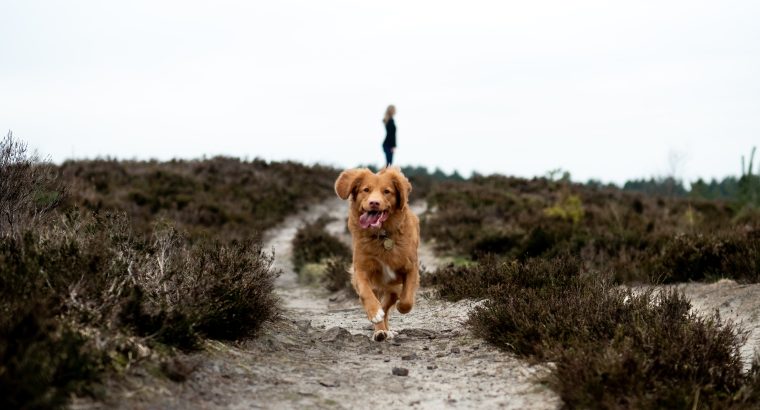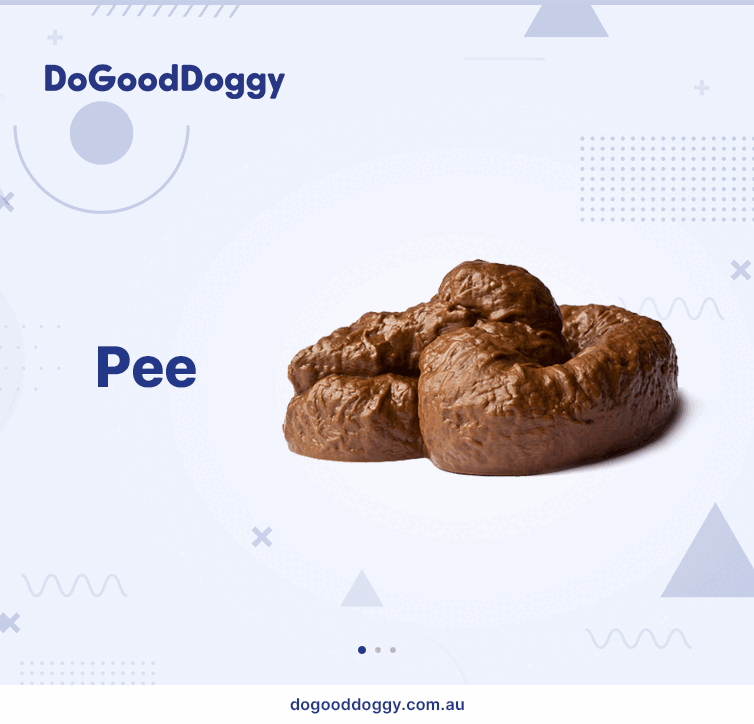How Much Exercise Does My Dog Need?
All good dog owners want their pup to be happy and healthy. Part of making that happen is regular exercise. Just like with humans, a dog’s wellbeing is heavily influenced by how much exercise they get. Not only does it help keep a dog’s body in shape and control their weight, it also helps with mental and behavioural development. Dogs that don’t get enough exercise frequently have excess energy to burn off, which may result in destructive behaviours. Exercise also provides dogs with mental stimulation, keeping them entertained.
However, there are a number of factors to consider, such as age, breed and any health conditions. For example, Jack Russell Terrier puppies will have vastly different exercise requirements compared to an adult French Bulldog. Most dog breeds will also not have the chance to exercise by themselves, which is why it falls to owners to keep up their dog’s exercise schedule. But how much exercise do they really need?
How Much Exercise Does an Adult Dog Need
The breed of your dog will have a big impact on how much exercise they should be getting. Of course, every dog is different, and dogs may have different requirements based on their personality, energy level, and health, but we can give a rough baseline based on the type and size of dog:
Small Breeds
Chihuahuas, Cavoodles, and Shih Tzus would fit into this category. These are small breed dogs that were not intended to work but to be companion animals. Their moderate exercise needs mean they require around 20 to 30 minutes of exercise per day, broken up into however long your dog can walk without stopping.
Since these dogs are smaller, they tend to get tired faster. However, they also tend to recover quickly. Stopping the exercise session before they have a chance to recover can mean they’re not getting enough total exercise time in a day. It’s a good idea to go for ten minutes of exercise then let them rest. Once they’re back on their feet, they should be able to go again.
Giant Breeds
The Great Dane and Saint Bernard would be classified as giant breeds. These dogs will also have moderate energy levels, which can be addressed by 30 to 45 minutes of exercise. It’s important for these dogs to stay active but with the right type of exercise, as their large frames and high weight can cause strain on their joints. Walking and low weight-bearing exercises are the preferred methods. Swimming is a great idea if you have a place for them to do it.
Sighthounds
Because they were bred for races, these types of dogs were made for short bursts of fast-paced exertion. The Saluki, Borzoi, and Greyhound would fit into this category. While they also have moderate exercise needs, they can handle doing short sprints mixed into their walks. They’ll happily keep up with even the best human sprinters. Once again, 30 to 45 minutes is a good baseline for most sighthounds.
Working Dogs and Herding Dogs
This is a relatively wide category, as many dog breeds were bred to fulfill some sort of purpose. Working dogs like the Doberman and Siberian Husky fit this category, as well as herding dogs such as the Australian Shepherd and Border Collie. Sporting dogs such as the Golden Retriever can also fit, as they were meant to accompany their humans on hunting trips.
These breeds will generally need the most exercise, since their breed background emphasises their energy level and ability to keep up with their human masters. A total of 60 to 120 minutes of exercise per day is a good baseline for these types of dogs. If the breed is a working dog, herding dog, or sporting dog but is medium size or smaller, then you can reduce the maximum daily exercise by around 30 minutes. That means smaller terriers and scent hounds get around 60 to 90 minutes per day.
Portable Backyard Agility Dog Equipment
Special Category: Brachycephalic Dogs
Because of how the skull is formed with these types of dogs, they should get only a small amount of exercise per day, even if they’re larger dogs. The Pug and the Bulldog would fit into this category. They should get 20 to 30 minutes of exercise total, with breaks whenever the dog seems like they are having trouble breathing.
How Much Exercise Does a Senior Dog Need
Senior dogs also benefit from exercise, but of a different sort than they would normally get for their breed. Many dog owners find that their senior dogs seem less energetic, but that’s usually because they are trying to give the same level of exercise and at the same intensity. Ask your vet how best to exercise your senior dog, but the total amount of time spent exercising can be the same. You may simply have to make your dog walk instead of run, or get them to do low-impact or low weight-bearing activities such as swimming.
What About Puppies?
Puppies are in a class all on their own. Because they are still developing, they can’t handle high intensity exercise for long periods of time. They may occasionally get the so-called ‘zoomies’ where they sprint around for 2 to 5 minutes. This is usually fine, and is them trying to burn off excess energy. Short walks are a good choice for puppies, as a full-fledged 20 to 30 minute walk may be too hard on their bodies. Aim for 5 to 10 minutes of walking, and let your puppy rest when they look like they’re starting to get tired. You may need to do multiple walks in a day – your veterinarian will be better able to gauge how much total exercise your puppy should get.
PetsForHomes readers get access to 2 months of Free Bow Wow Meow Pet Insurance for puppies or kittens.








